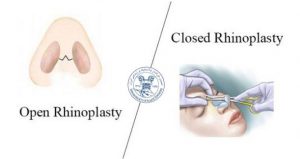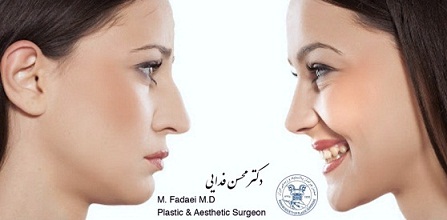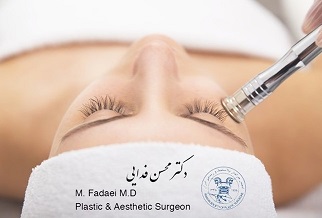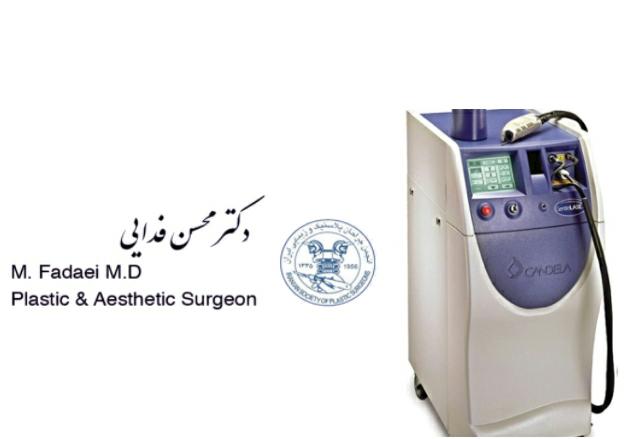A nose job, or rhinoplasty, can be approached using either an open or closed technique. The closed technique is performed using incisions that are exclusively made within the inside of the nose. The cartilage framework of the nose is “delivered” through these small incisions within the nose and manipulated as required.
What Is an Open Rhinoplasty?
An open rhinoplasty is used to treat the nasal tip and middle portion of the nose. It involves the use of a small bridging incision to link incisions to the right and left nostrils. The bridging incision allows the nasal skin to be folded upward, thereby providing full access to the lower nasal skeleton.
What Is a Closed Rhinoplasty?
A closed rhinoplasty technique makes all incisions within the nose, leaving no visible scars. Corrections made to the nasal cartilage, bone, and septum are all completed within the discreet nasal incisions. The closed rhinoplasty method also has the advantage of reduced recovery times.

Differences Between Open VS Closed Rhinoplasty
It is important to know the differences in open or closed rhinoplasty. In rhinoplasty, the bone and/or cartilage will be altered, and there are only two ways to access these structure of the nose so Dr. Fadaee can make the necessary changes: open and closed. During the closed rhinoplasty approach, 2 incisions are made within the inside of the nose. It is through these incisions that all alterations will be made.
An open rhinoplasty includes the same two incisions, but with one additional incision connecting the two, across the columella. That final connecting incision is called a trans-columellar incision, and it allows Dr. Fadaee to open the skin of the nose – or unveil the nose. Depending on what the surgeon is trying to do, each approach has its advantages and disadvantages.
Advantages of open rhinoplasty
An “open rhinoplasty” allows me to get more direct surgical access to all of the internal aspects, and structural aspects, of the nose I’m reshaping, especially of the tip.
The open rhinoplasty is extremely helpful for performing more complex nose surgery procedures and for noses that require more significant reconstruction or breathing corrections.
For example, people who are wanting to reduce very large or boxy tips or correct previous surgeries or traumas to the face and nasal structures are typically going to require an OPEN rhinoplasty approach.
Advantages of closed rhinoplasty
Closed rhinoplasty is less invasive and leaves no scars and less swelling and bruising after surgery, so there will be a shorter recovery time and downtime.
Closed rhinoplasty procedure takes a shorter time to be completed that open rhinoplasty does.
Disadvantages of open rhinoplasty
The big disadvantages of open rhinoplasty is the potential to have external scarring. Typically, the trans-columellar incision that is made is 4-5 mm in size, which has the potential to result in a scar. However, in many cases, this scarring heals to the point where it’s unnoticeable in many cases.
Disadvantages of closed rhinoplasty
The main drawback of using this technique is that the operability of the surgeon is limited, which is why it is not recommended for complicated cases. With closed rhinoplasty, it is more difficult to define the nasal tip and the nasal dorsum tends to sink after several years.
Are You a Candidate for Open or Closed Rhinoplasty?
Every patient is unique and the best approach for you will depend on your existing nasal features and the kinds of changes that are to be made during your rhinoplasty. The most important part of the process is a consultation with Dr. Fadaee. You can book a consultation by calling our office at +982188873550 or you can book online. We offer a complementary review of your photos plus preliminary consultation with a knowledgeable patient care expert.





